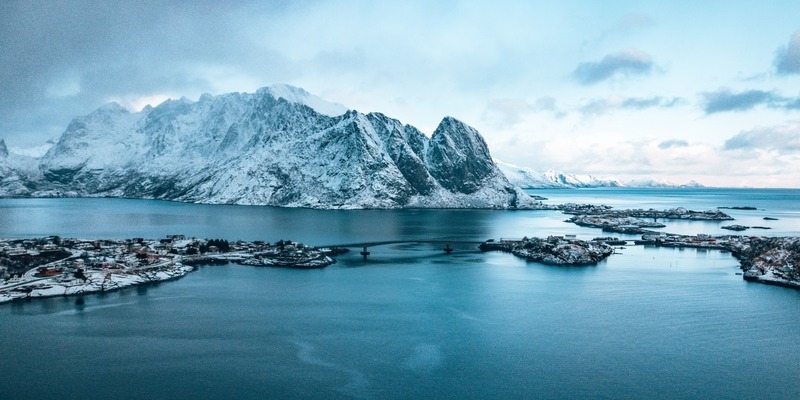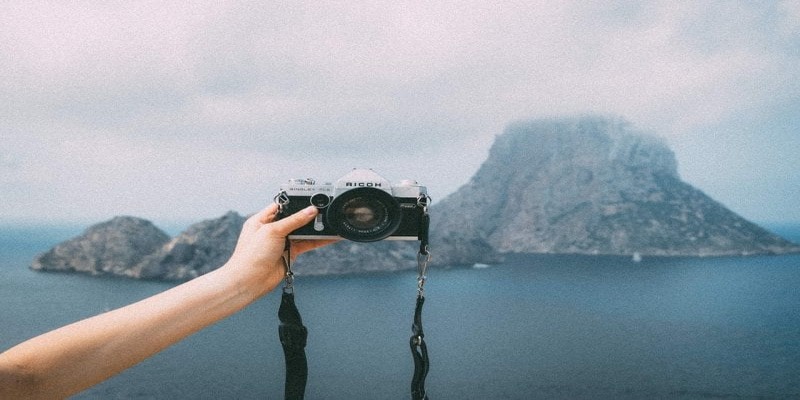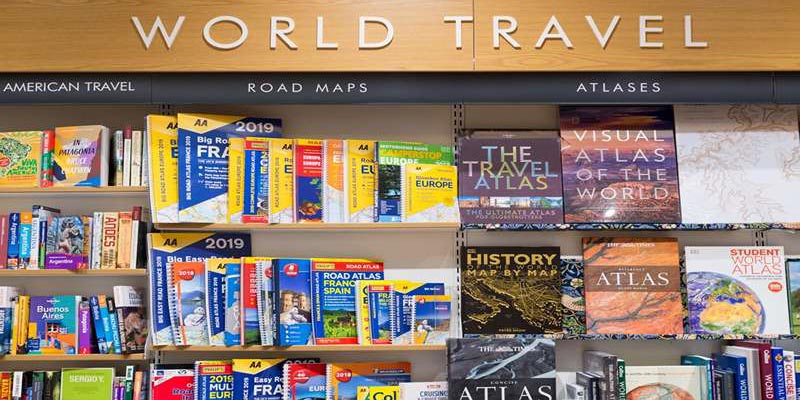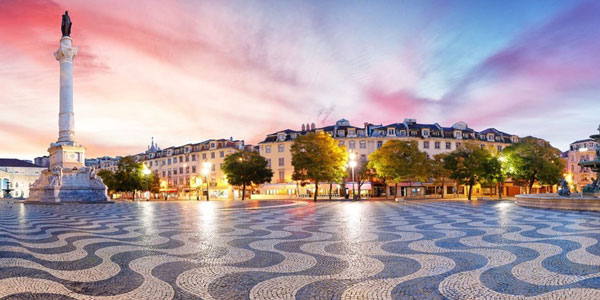Photographs taken on a trip may be viewed and relived for years, making them something like a time machine. Furthermore, it might serve as a source of motivation for others.
The sights, sounds, smells, tastes, textures, and histories of the people and places you visit will never be the same. Mastering the art of photographing such images allows people experience something of the vibe of a destination before ever there.
I didn't study photography in college. And yet, here I am, a professional travel photographer who licenses their work to organizations like tourist boards and businesses and publications like glossy magazines.
Over several years, I've studied the art of travel photography by immersing myself in books, videos, and consistent practice. Assuming you're willing to put in the time and effort, you can learn just as well this way.
Rise Early, Stay Out Late

The proverb states that those who rise before the sun are rewarded. Of course, you've heard that expression before. As it happens, the same holds for photographs taken on vacation. Beautiful pictures are created when soft, pleasant, early-morning light is used.
If you get up early enough, you can beat the crowds and have the place yourself. Do you long for a picture-perfect postcard of Chichen Itza or the Taj Mahal? You'll have the site if you arrive just when the doors open.
In-Place Research Before Departure
Research your destination by reading travel guides. Look for articles and blogs that might inspire you for your photography. Get advice from people you know who have already visited the area. Talk to other professionals in the field. Learn how to recognize the photographs that do justice to a location.
Instagram, Pinterest, and Google Image Search are some of my go-to resources when planning a trip that will include photography. I've been using these to get a feel for the locations of famous landmarks.
I'll conduct additional digging once I have the names of prospective photo sites. When does the sun shine brightest? How challenging is it to get to specific lookout points? When does an attraction open, and when will it have the fewest visitors? How will the weather be tomorrow?
Get Local Permission
Many photographers find it challenging to capture locals in a new country. But what if they don't get what you're saying? Can you imagine the horror if they refuse? Do you think they'd be offended? It took me a while (two years, to be exact) to become confident enough to take photographs of locals without feeling awkward.
The secret, I've found, is to initiate conversation. Introduce yourself. Make a direct inquiry. Do yourself a favor and pick up a souvenir. Favorably comment on an aspect of their character. After chatting with the subject, wait a few minutes to ask for a photo. This method is far less intrusive.
Close-ups require authorization, too. You should spend at least 15 minutes before your trip memorizing words and phrases like "may I create a photograph" and "may I take your portrait" in the local language. It's a terrific opportunity to meet new people and show them how much you care.
Never Cease Your Education

Get yourself enrolled in a few online photography courses. Participate in a photography workshop if you want to take pictures while traveling. Get out there and put in consistent practice. Doing so is what matters, not having the newest gadgets or using the most popular Instagram effects.
Even though I've been a professional photographer for quite some time, I still learn new things daily. To hone my skills, I frequently pay for tutorials and books on photography, as should you.
Affirm that you are an expert in landscapes. Then test your skills by taking photographs of strangers. For a flavor of the difficulty of wildlife photography, try tracking down your prey in a stealthy manner à la a hunter. Spend the night trying out different exposure times for photos of the Milky Way.
The Photographic Thirds Rule
One of the oldest and most tried pieces of advice for photographers is to use the "Rule of Thirds" to assist them in framing their shots so that the composition is more harmonious. Just imagine if you were to divide the image into thirds vertically and horizontally, creating six distinct areas. The idea is strategic to position focal points inside certain areas to create an aesthetically attractive whole.
As an illustration, a person may be positioned along the left grid line instead of dead center. Alternatively, you might avoid having your image cut in half by placing the horizon at the bottom third of the frame.




